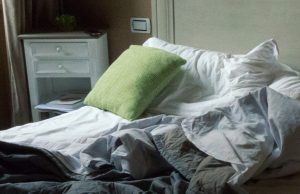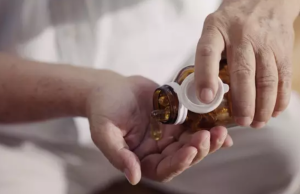
Wooden furniture, especially antique furniture, often gives off a strong old-fashioned smell. This remedy eliminates the smell once and for all.
Bad smells in furniture
How many times have you opened your closets and, despite the perfumes in your clothes and drawers, perceived an unpleasant “old” smell? A musty smell that often tends to stick to clothes. Nothing particularly harmful if it weren’t so unpleasant, as it’s a typical characteristic of wood to absorb, being a highly porous material. However, it’s not an insurmountable problem – in fact, all it takes is a few simple tricks to solve the problem.
Grandma’s remedy for closet odors
It’s a well-known fact that grandmother’s remedies have always been the most effective when it comes to cleaning. Thanks to the lack of specific products on the market and the limited economic resources available to families, housewives of the past knew how to solve home-related problems with what they had on hand. In most cases, the remedies included ingredients normally used in the kitchen, but also very useful in other areas.
Smelly cupboards
In the case of wooden cupboards, to avoid unpleasant odors, Grandma’s best remedies involve the use of a very popular cleaning ingredient present in everyone’s homes. We’re talking about white vinegar, which, along with other ingredients, can save us from annoying odors.
Widely used for the most varied solutions, let’s see how vinegar can help us inside the cupboards.
Lately, we’ve been rediscovering just how useful vinegar can be in the home, as well as on our tables. Between cleaning, laundry, floors and bad odors, vinegar seems to be more effective than many products on the market. For odors in particular, its uses will surprise you.
Vinegar, grandma’s best ally
For the first method, all you need is a basin of lukewarm water in which to mix 200 ml vinegar and 2 tablespoons baking soda. Once the solution is homogeneous, you can proceed with a soft cloth. Soak it, squeeze a little and leave it on the affected areas, dabbing and wetting them. After about 15 minutes, wipe clean with a water-soaked cloth and dry well to prevent future mildew and dampness.
Vinegar can also be used as an alternative. In this case, we’ll need a few sheets of newspaper (opaque, absorbent newspaper sheets are preferable to shiny magazine sheets). Pour a liter of hot water and 200 ml of white vinegar into a bowl.
At this point, take the sheets of newspaper and soak them in the solution. Once the paper has absorbed the solution, let it drain and place it on a plate, avoiding direct contact with the wood. It’s a good idea to arrange the sheets of newspaper in the corners, even more than one if the spaces are large.
Another solution is to use a pot. Fair enough! You need to fill a pot with warm water and half a glass of vinegar. The extra ingredient in this case is lemon juice, so you’ll need to add half a glass to the mixture. You can then place the jar with the solution inside the cupboard and leave it closed for at least 12 hours. This method is ideal not only for concealing unpleasant odors, but also and above all for eliminating mold.




















